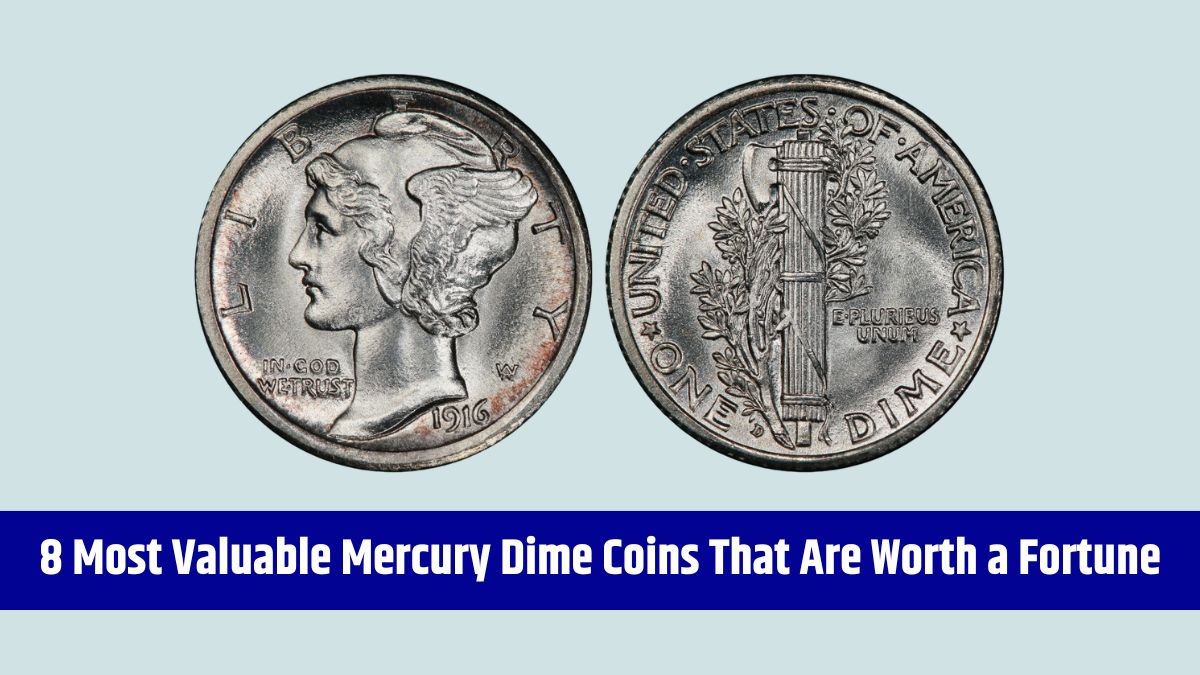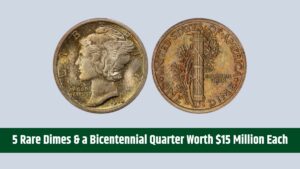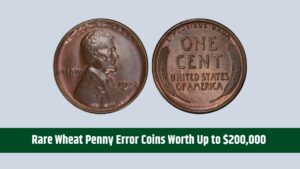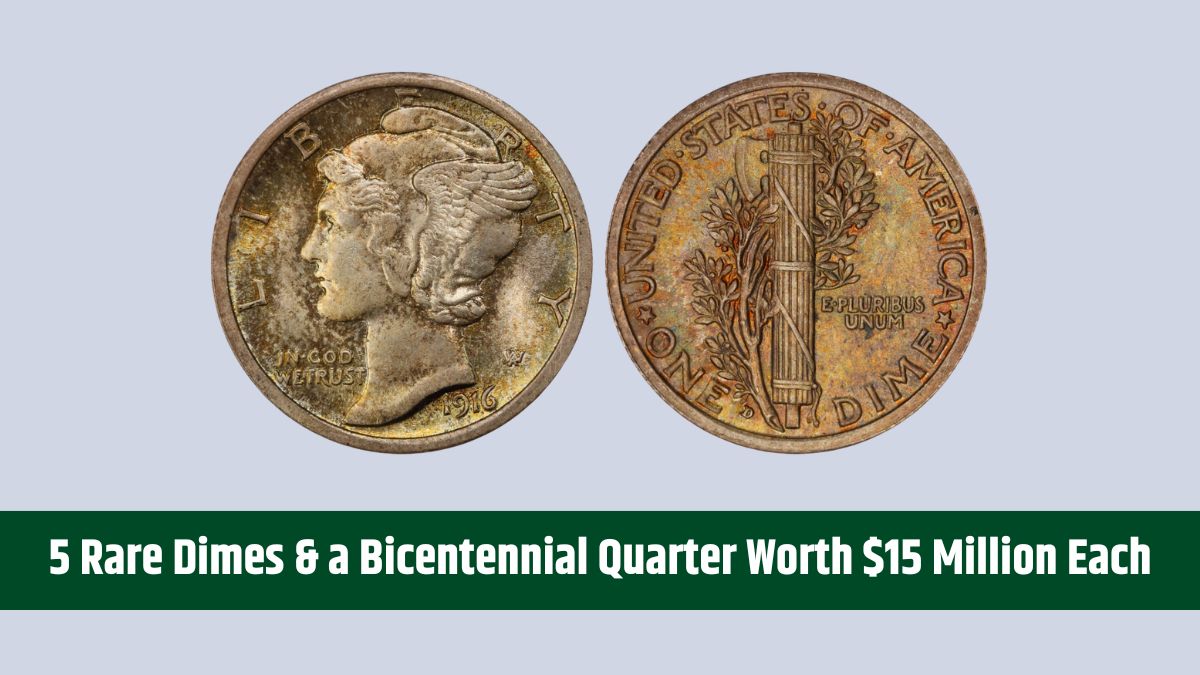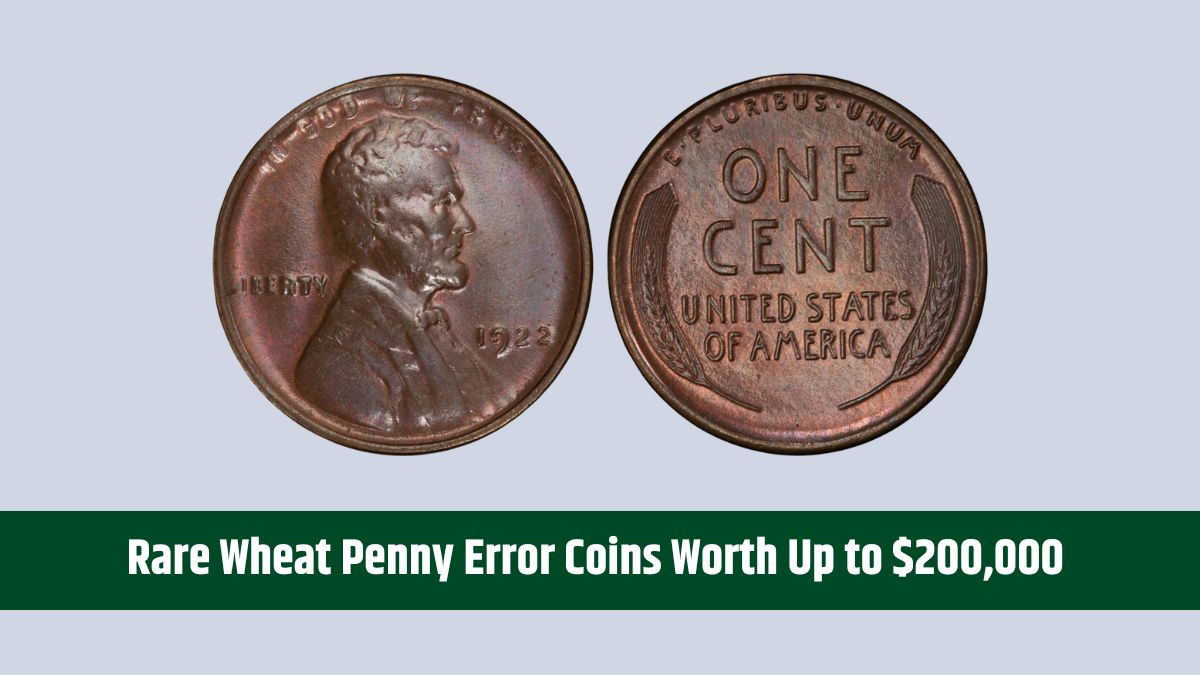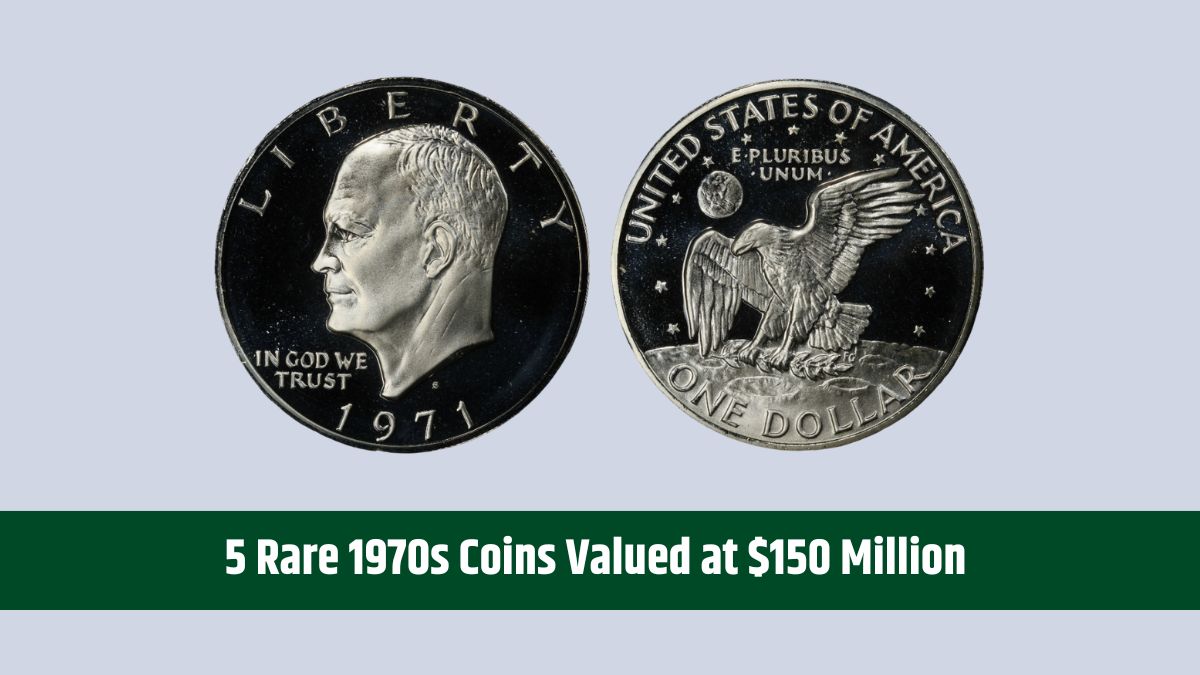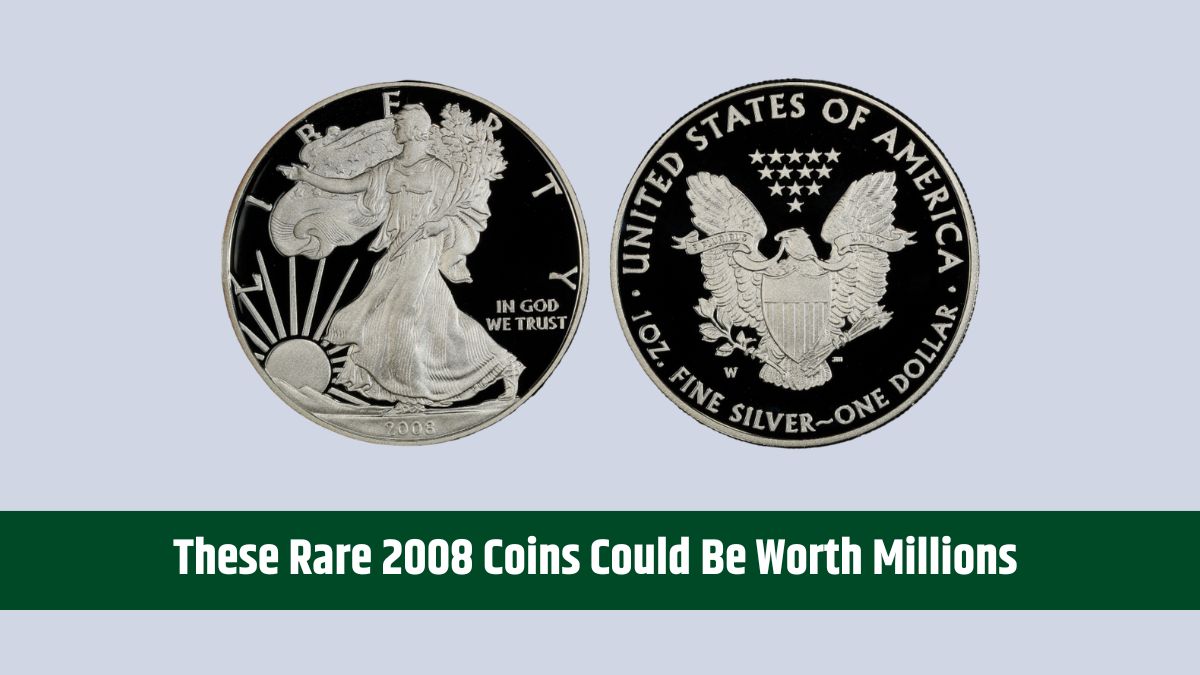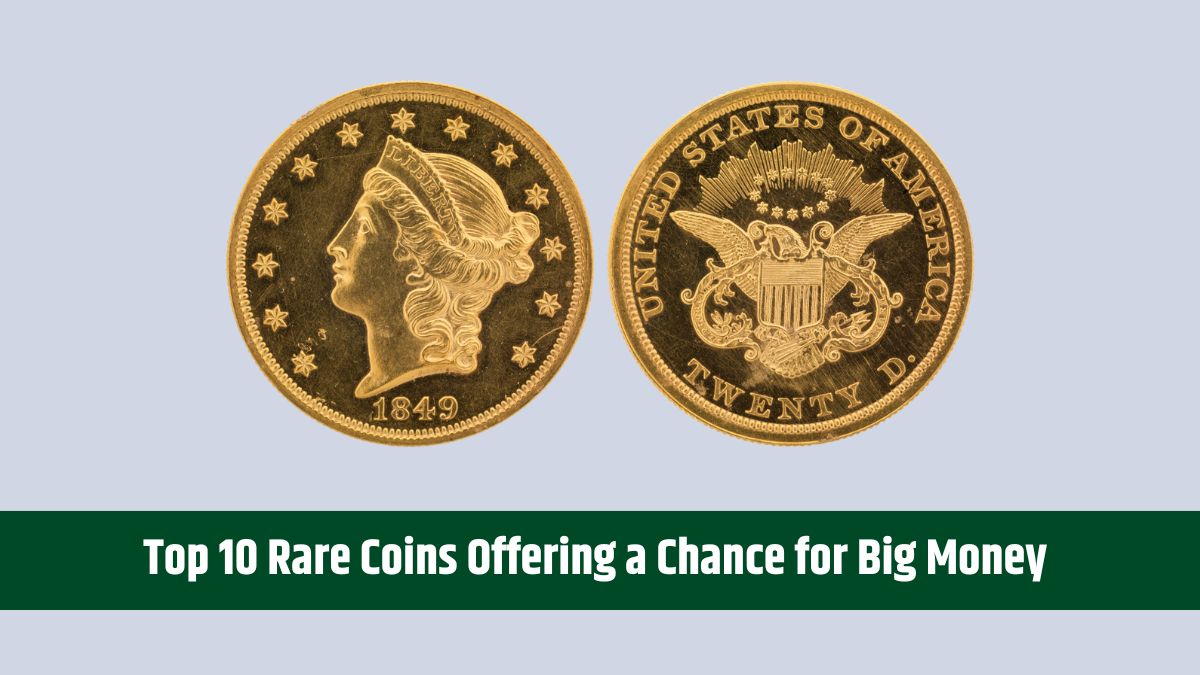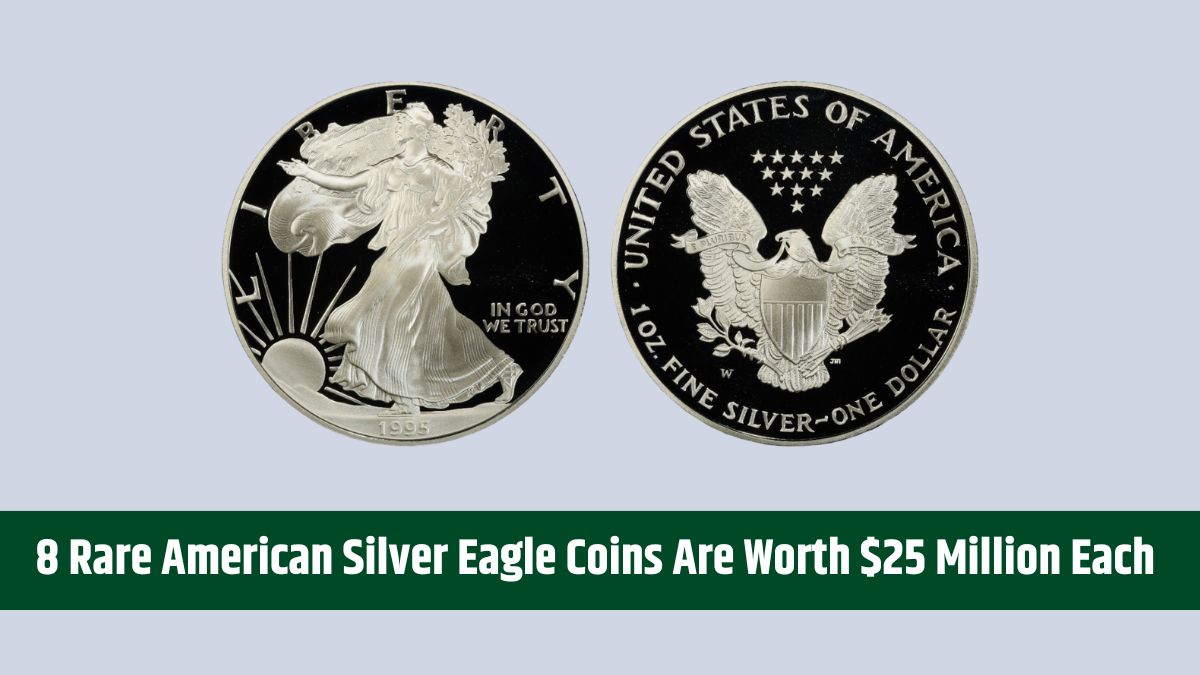Mercury Dimes, often hailed as some of the most beautiful coins in American history, have captured the hearts of collectors for decades. Despite the name, the coin doesn’t feature Mercury, the Roman god, but rather Lady Liberty wearing a winged cap symbolizing freedom of thought.
Let’s look into the most valuable Mercury Dimes ever sold and uncover the fascinating history behind this beloved coin.
Oh, and if you’re wondering, FB (Full Band) refers to the clarity of the horizontal bands on the fasces on the reverse side of the coin. Full Band coins are considerably more valuable because they indicate a sharp, well-struck coin.
Table of Contents
- 1 1916-D Mercury Dime Full Band Business Strike
- 2 1918-D Mercury Dime Full Band Regular Strike
- 3 1919-D Mercury Dime Full Band Business Strike
- 4 1942/1 Overdate Mercury Dime Full Band Regular Strike
- 5 1918-S Mercury Dime Full Band Business Strike
- 6 1919-S Mercury Dime Full Band Regular Strike
- 7 1945 Mercury Dime Full Band Business Strike
- 8 1925-S Mercury Dime Full Band Business Strike
- 9 FAQs
1916-D Mercury Dime Full Band Business Strike
The 1916-D Mercury Dime is the crown jewel of the series, known for its rarity and high value. With a Denver mint mark and a grade of MS 67 FB, this dime sold for an impressive $207,000 on August 11, 2010.
While many people think the Mercury Dime portrays the Roman god, it’s actually Lady Liberty with wings on her cap—symbolizing free thought. The reverse features a fasces (a bundle of sticks with a battle axe) wrapped in an olive branch, representing unity and peace. Interestingly, some thought it looked like a golf club, earning it the nickname “Golf Dime”.
1918-D Mercury Dime Full Band Regular Strike
The 1918-D Mercury Dime, sold for $182,125 on September 3, 2015, is another highly sought-after piece. The Phrygian cap worn by Lady Liberty dates back to ancient times, often associated with freed slaves in Persia and Eastern Europe. During the French and American Revolutions, it became a symbol of freedom.
This coin’s Denver mint mark and well-preserved Full Bands make it exceptionally rare. Its historical significance and beautiful design add to its allure among collectors.
1919-D Mercury Dime Full Band Business Strike
The 1919-D Mercury Dime, graded MS 66 FB, fetched $156,000 at auction on January 14, 2019. Early American coins often featured Lady Liberty as a symbol of freedom, with many designs based on real women.
In this case, Elsie Stevens, wife of poet Wallace Stevens, served as the model for Lady Liberty. To achieve the winged cap look, artist Adolph Weinman used the top of an old sock to mimic the ancient Pleiades cap.
1942/1 Overdate Mercury Dime Full Band Regular Strike
The 1942/1 Overdate Mercury Dime is famous for its minting error, where the 1941 date was accidentally struck beneath the 1942 date. This error makes it highly collectible. A Philadelphia-minted example in MS 66 FB sold for $120,000 on January 3, 2018.
Adolph Weinman, the artist behind the Mercury Dime, was a student of the legendary Augustus Saint-Gaudens, who created some of the most iconic U.S. coins. Weinman’s design skill and artistic background are evident in every detail of this coin.
1918-S Mercury Dime Full Band Business Strike
The 1918-S Mercury Dime, with a San Francisco mint mark and grade MS 67 FB, sold for $144,000 on January 14, 2019. This coin was minted during a time when striking coins with precision was difficult, making Full Band examples incredibly rare.
Although the Mercury Dime was in circulation from 1916 to 1945, it was replaced by the Roosevelt Dime following President Franklin D. Roosevelt’s death. FDR, known for his leadership during the Great Depression and WWII, was honored on the new dime design.
1919-S Mercury Dime Full Band Regular Strike
Another gem, the 1919-S Mercury Dime, sold for $103,500 on November 9, 2006. This coin represents President Theodore Roosevelt’s campaign to beautify American coinage, which began in 1904 and continued under President William Howard Taft.
They hired prominent artists to redesign U.S. coins, replacing dull and uninspired designs with more artistic ones. The Mercury Dime replaced the Barber Dime as part of this initiative.
1945 Mercury Dime Full Band Business Strike
The 1945 Mercury Dime, with a Philadelphia mint mark and grade MS 67+ FB, sold for $96,000 on March 1, 2018. This coin is one of the last Mercury Dimes ever produced, as it was replaced by the Roosevelt Dime later that year.
Adolph Weinman’s other famous design, the Walking Liberty Half Dollar, was so beloved that it was revived for the American Silver Eagle bullion coin decades later.
1925-S Mercury Dime Full Band Business Strike
The 1925-S Mercury Dime, graded MS 68 FB, sold for $45,600 on January 14, 2019. This coin exemplifies the challenges of striking Mercury Dimes with precision, as many dies wore out quickly due to the detailed design.
Fortunately, the Coinage Act of 1890 allowed for coin redesigns every 25 years, making it easier for the Mint to update designs and avoid the political hurdles of seeking congressional approval.
Collecting Mercury Dimes offers more than just a chance to own rare coins—it’s an opportunity to look into American history and artistry. Whether you’re drawn to minting errors or historical design changes, each Mercury Dime tells a unique story. Keep an eye out for Full Band examples, as they’re not just beautiful—they’re also highly valuable!
FAQs
Why is it called a Mercury Dime?
The coin shows Lady Liberty with a winged cap, not the god Mercury.
What does FB mean on a Mercury Dime?
FB stands for Full Band, indicating clear bands on the reverse fasces.
Which is the most valuable Mercury Dime?
The 1916-D Mercury Dime in MS 67 FB sold for $207,000.
What is the 1942/1 Overdate Mercury Dime?
It’s a mint error where the 1941 date appears under 1942.
Who designed the Mercury Dime?
Adolph Weinman, a student of Augustus Saint-Gaudens, designed it.
